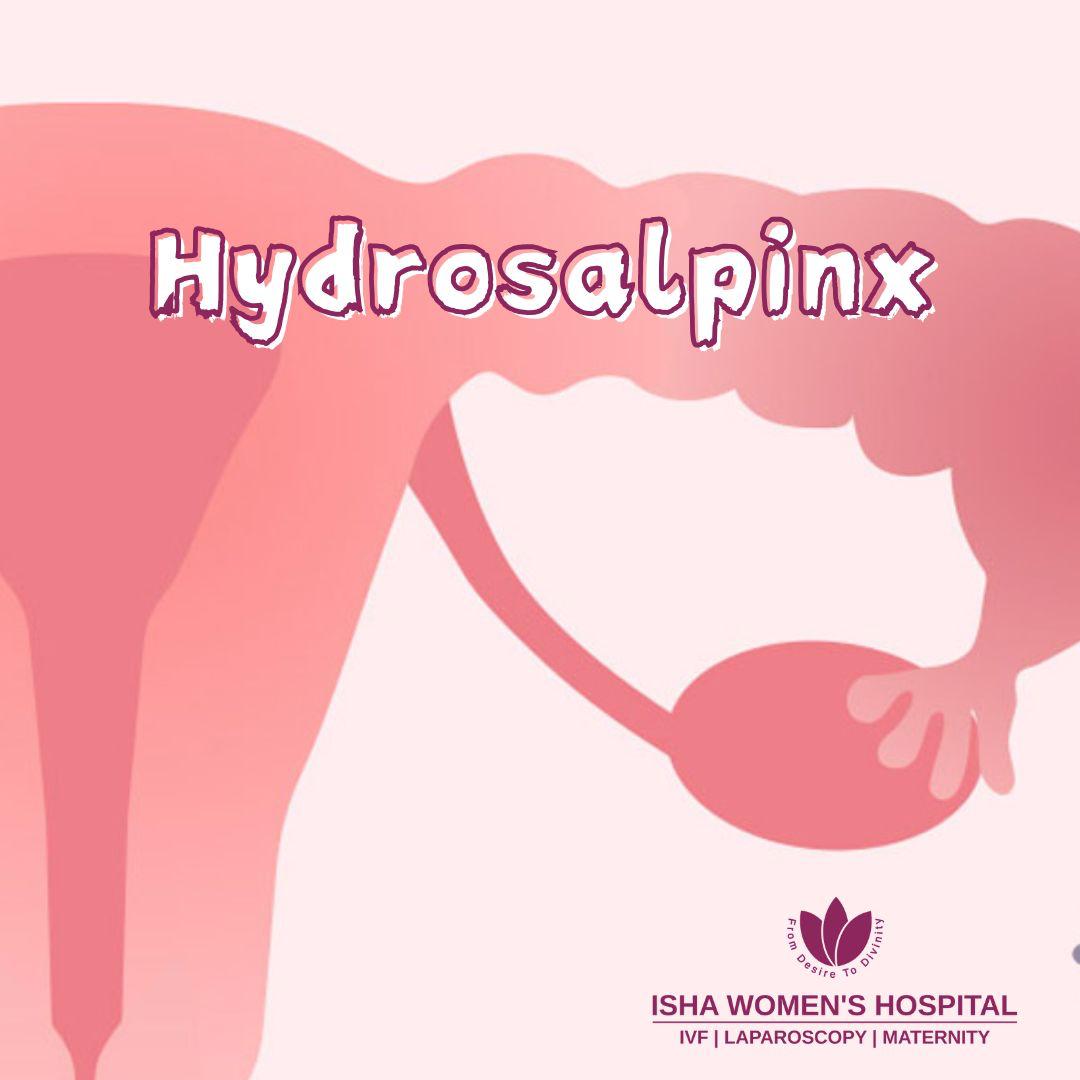Hydrosalpinx: A Hidden Cause of Female Infertility

At Isha Women's Hospital, Dr Chinmay Pataki one of the best gynaecologists and laparoscopic surgeons of Mumbai specialized in diagnosing and treating hydrosalpinx to restore fertility and enhance reproductive health.
What is Hydrosalpinx?
Causes of Hydrosalpinx
- Pelvic Infections: Sexually transmitted infections (STIs) such as chlamydia and gonorrhoea can cause pelvic inflammatory disease (PID), leading to scarring and fluid buildup in the fallopian tubes.
- Endometriosis: This condition causes endometrial-like tissue to grow outside the uterus, leading to tubal blockages.
- Previous Pelvic Surgery: Surgeries involving the uterus, ovaries, or fallopian tubes can cause adhesions, leading to blockages.
- Ectopic Pregnancy: A previous ectopic pregnancy can leave scarring in the fallopian tubes, causing hydrosalpinx.
- Tuberculosis: Genital tuberculosis, though rare, can cause hydrosalpinx
Symptoms of Hydrosalpinx
- Mild to moderate pelvic pain
- Unusual vaginal discharge
- Painful intercourse
- Menstrual irregularities
- Difficulty in conceiving despite trying for over a year.
- Occasional or chronic pain in the lower abdomen.
Diagnosis of Hydrosalpinx
- Ultrasound: A pelvic ultrasound can sometimes detect a swollen, fluid-filled fallopian tube.
- Hysterosalpingography (HSG): This specialized X-ray uses contrast dye to check for blockages in the fallopian tubes.
- Laparoscopy: A minimally invasive surgical procedure that provides direct visualization of the tubes and surrounding organs.
How Hydrosalpinx Affects Fertility?
- Preventing the sperm from meeting the egg due to tubal blockage.
- Washing away the embryo or damaging the endometrial lining when the toxic fluid leaks into the uterus, reducing implantation chances.
- Increasing the risk of ectopic pregnancy if the blockage is partial.
Can Pregnancy Occur with Hydrosalpinx?
Hydrosalpinx is a silent but significant cause of infertility that requires timely diagnosis and treatment. If you have been trying to conceive without success, consulting a fertility specialist is crucial. At Isha Women's Hospital, Dr Chinmay Pataki one of the best gynaecologists and fertility specialists of Mumbai offers advanced diagnostic and treatment options for hydrosalpinx to help you on your journey to parenthood.
Frequently Asked Questions (FAQs)
Answer: Hydrosalpinx is a condition where a woman’s fallopian tube becomes blocked and filled with fluid, often due to infection or inflammation. This fluid buildup can damage the tube’s structure and function, significantly reducing the chances of natural conception.
2. What causes hydrosalpinx?
Answer: Hydrosalpinx is commonly caused by:
- Pelvic inflammatory disease (PID)
- Sexually transmitted infections (STIs), especially chlamydia or gonorrhea
- Previous pelvic or abdominal surgeries
- Endometriosis
- Tubal rupture or trauma
3. How does hydrosalpinx affect fertility?
Answer: Hydrosalpinx impairs fertility in multiple ways:
- Blocks the sperm from reaching the egg
- Prevents the fertilized egg from traveling to the uterus
- The toxic fluid inside the tube can leak into the uterus, reducing embryo implantation success—even during IVF
It’s often a hidden cause of infertility detected only through imaging or surgery.
4. How is hydrosalpinx diagnosed?
Answer: It is usually diagnosed through:
- Ultrasound (to detect fluid in the fallopian tube)
- Hysterosalpingography (HSG): An X-ray test to view tubal blockages
- Laparoscopy: A minimally invasive surgical procedure to confirm and treat the condition
5. What are the treatment options for hydrosalpinx in women trying to conceive?
Answer: Treatment depends on severity and fertility goals:
- Salpingectomy (surgical removal of the affected tube) is often recommended before IVF to improve success rates
- Tubal ligation (blocking the tube) to prevent harmful fluid from reaching the uterus
- Antibiotics if infection is present
- IVF is typically the best option for conception after treatment, especially if both tubes are affected
